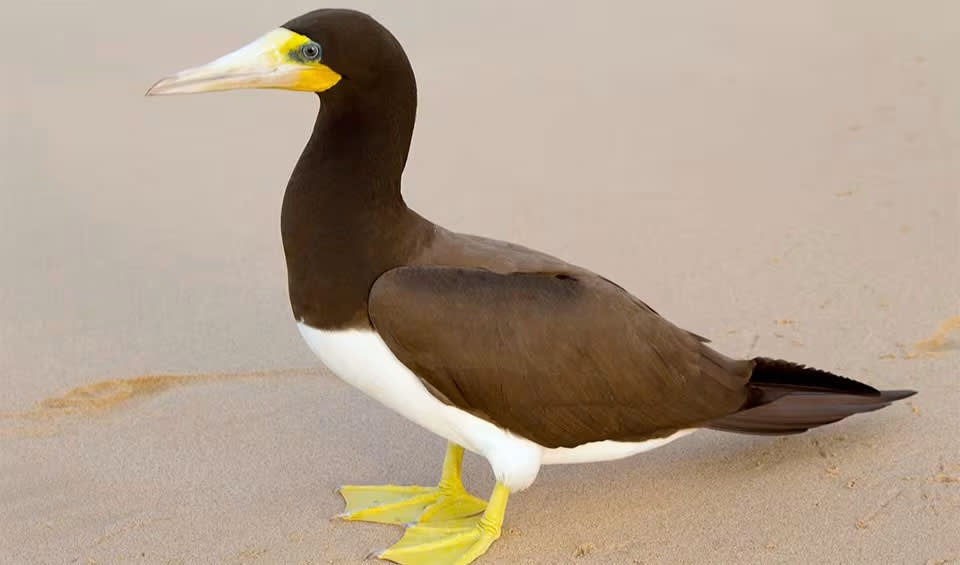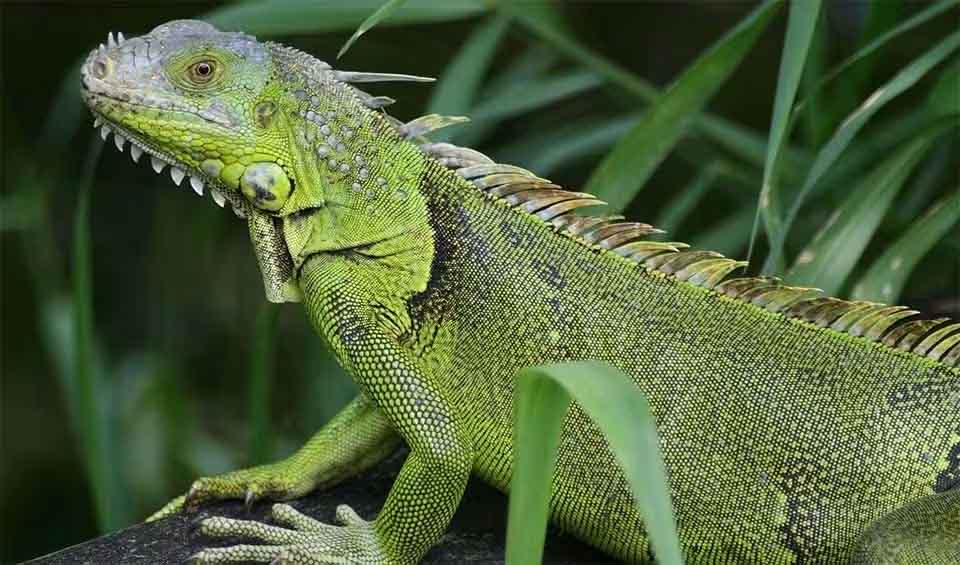The British Virgin Islands (BVI), a British Overseas Territory, are located in the Caribbean to the east of Puerto Rico. This idyllic archipelago comprises around 60 islands and cays, with Tortola, Virgin Gorda, Anegada, and Jost Van Dyke being the most notable. It features hilly terrain with lush green hillsides, offering stunning vistas. Tortola, the largest island, is dominated by Sage Mountain, the highest point in the BVI at 523 meters (1,716 feet), surrounded by dense rainforest and excellent hiking trails.
The BVI is renowned for its pristine beaches, such as White Bay on Jost Van Dyke and The Baths on Virgin Gorda, the latter famous for its unique granite boulders. The surrounding waters are rich with marine life, supported by vibrant coral reefs that make the BVI a top destination for snorkeling and diving, with Anegada’s reef system particularly noted for its diversity and beauty.
Four pillars elaborated:
The British Virgin Islands (BVI) has a network of protected areas that encompass both terrestrial and marine environments, established to conserve biodiversity, protect natural resources, and support sustainable development. The BVI boasts 14 declared marine protected areas (MPAs) managed by the Conservation and Fisheries Department (CFD), covering a significant portion of its territorial waters and safeguarding marine life and ecosystems. Land Management
Land Management
Additionally, the BVI has several terrestrial protected areas, including national parks, nature reserves, and protected forests, which protect a variety of habitats such as dry forests, mangroves, and wetlands.
Threats to biodiversity in the BVI include natural disasters driven by climate destabilization and man-made factors such as regional development for industry and tourism. Common threats include habitat loss and fragmentation, sedimentation, anchor damage, marine pollution, insensitive development, increasing sea temperatures, and invasive species. The loss of mangroves due to development has reduced the islands’ natural hurricane protection. Threats to Biodiversity
Threats to Biodiversity
Invasive species like the Cuban tree frog, mongoose, and feral rats and cats threaten native species, while the introduced lionfish impacts marine life and the fisheries industry. Discarded fishing lines and non-biodegradable waste cause significant harm, including to the frigatebird colony at Great Tobago. Higher global temperatures and sea-level rise, along with more frequent and intense hurricanes and floods, pose additional risks, such as increasing the extinction risk for 20% to 30% of local plant species and causing coral bleaching, which threatens tourism.
The National Parks Trust for the Virgin Islands, along with the Ministry of Natural Resources and Labour, has established a comprehensive system of marine and terrestrial protected areas as detailed in the Protected Area System Plan of the Virgin Islands, 2007–2017. This plan outlines management objectives and designates areas of national significance for protection, including national parks, bird sanctuaries, wetlands, and forestry areas. The Trust manages nineteen land-based national parks, five bird sanctuaries, and one marine park. Capacity and Governance
Capacity and Governance
The J.R. O’Neal Botanic Gardens in Road Town, established in 1979, feature indigenous and exotic tropical plants and focus on conservation and education in partnership with Royal Botanic Gardens, Kew. Anegada, recognized for its exceptional biodiversity, includes a Ramsar-designated Wetland of International Importance and has a Biodiversity Action Plan. Jost Van Dyke faces challenges in balancing economic growth with sustainable resource use, supported by an Environmental Profile and the work of the Jost Van Dyke Preservation Society. The Territory is a signatory to international environmental agreements, including the Convention on Biological Diversity and CITES.
Collaborative projects, such as managing the invasive lionfish and the long-term conservation of BVI’s flora, often involve international partners and funding from initiatives like the Darwin Initiative. The MPASSE project, partly funded by the EU, developed sustainable visitor facilities and conservation efforts in the Virgin Islands, Cayman Islands, and Turks and Caicos.
The British Virgin Islands (BVI) Biodiversity Plan 2030 outlines a comprehensive strategy for conserving and managing the territory’s rich biodiversity, aiming for a “healthy, resilient, and productive natural environment” by 2030. Complementing this plan, the BVI government has developed a Blue Economy Roadmap focused on the sustainable use of marine resources, aiming to create economic opportunities while protecting the environment. Public participation is encouraged in these conservation efforts, with the government conducting consultations with diverse stakeholders to develop both the Biodiversity Plan 2030 and the Blue Economy Roadmap. Future Trends
Future Trends
Biodiversity
The British Virgin Islands boast rich biodiversity, showcasing varied ecosystems from tropical forests and wetlands to coral reefs and seagrass beds. The flora includes a wide range of tropical and subtropical species, with forests home to mahogany, cedar, and mangrove trees, and flowering plants like hibiscus, bougainvillea, and frangipani. Coastal areas feature seagrass beds and mangrove swamps, essential for coastal protection and marine life support.The fauna is equally diverse, with numerous bird species such as the brown pelican, frigatebird, and endangered roseate tern. Forests and wetlands house reptiles like the Virgin Islands tree boa and green iguana, while the coral reefs teem with fish, sea turtles, and rays. The BVI is also known for its marine mammals, including dolphins and the occasional humpback whale.
In the table below are the number of known species in several main groups, how many of these species are Threatened with extinction, and how many of them are Endemic (unique to British Virgin Islands only):
| Species (World rank) |
Threatened | % Threatened | Endemic | % Endemic | |
|---|---|---|---|---|---|
| Mammals | 30 (#186) | 1 | 3.3% | ||
| Birds | 149 (#182) | 3 | 2.0% | 2 | 1.3% |
| Reptiles | 22 (#156) | 14 | 63.6% | 7 | 31.8% |
| Amphibians | 5 (#162) | ||||
| Fishes | 478 (#126) | 33 | 6.9% | ||
| Plants | 15,000 (#15) | 127 | 0.8% | 65 | 0.4% |
mammals
Pantropical spotted dolphin
A champion swimmer and a social butterfly of the warm seas
Common bottlenose dolphin
Known for their acrobatic leaps, twisting and turning gracefully as they jump completely out of the water
birds
Roseate spoonbill
An easily recognizable bird due to its pink body and spatulate bill
Brown booby
An impressively acrobatic bird that can catch flying fish mid-jump
Red-billed tropicbird
Professional marine forecasters to optimize breeding success and prey availability
reptiles
Leatherback sea turtle
The mysterious diver of the ocean is the largest and only sea turtle without a hard shell and scales
Green iguana
From the US down to Brazil, this trans-American lizard is the most common iguana
Hawksbill sea turtle
Its slender frame and narrow head bear a beak curved like a hawk’s, earning this marine marvel its name












